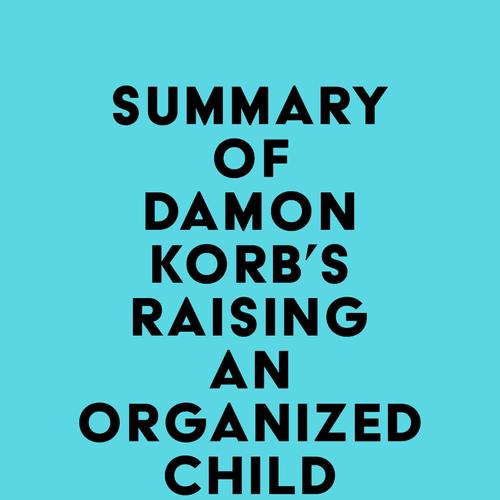Please note: This is a companion version & not the original book. Sample Book Insights:#1 The concepts and recommendations in Raising an Organized Child are supported by years of scientific evidence about how the brain develops with age and how organizational skills develop over time. This chapter focuses on the scientific discovery and fascinating process by which clinicians grew to understand the organized brain.#2 The brain’s organization is similar to the layout of a large city. It is divided into regions of neurodevelopmental function, such as memory, language, spatial and sequential processing, and motor control. Skills that a student must perform, such as writing a name, remembering homework, and playing dodgeball, require communication between these brain districts.#3 The brain is still being studied, and each new discovery leads to more questions. Research has shown that certain regions of the brain work together to support organized thoughts and actions.#4 The frontal lobe has been associated with the executive functions in the scientific literature since the famous case of Phineas Gage. Gage was the foreman of a railway construction gang, and he was injured in a explosion. He survived, but never returned to his job.
